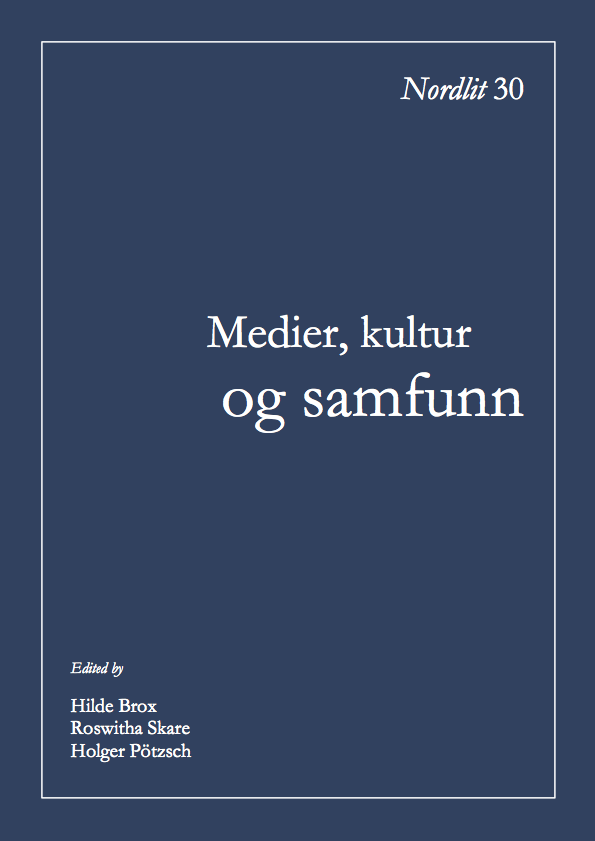Women's Hidden Agency in the News Coverage of the Tibetian Riots
DOI:
https://doi.org/10.7557/13.2376Keywords:
Conflict, media, news, discourse, gender, agencyAbstract
This mixed methods case study on the international newspaper coverage of women in the Tibetan riots in March 2008 analyses to what extent women are represented according to prevailing gender stereotypes in conflict news. The study largely confirms news media’s gender bias, in that news media hides women’s agency. Women are either not included in the studied 62 articles from International Herald Tribune, China Daily, and the Tibet Post International, or represented according to prevailing gender stereotypes, namely as passive feminine objects. Interestingly, Chi-square testing reveals that the Tibet Post International, an online newspaper run by Tibetan exiles, deviated from the general tendency by representing remarkably frequent images of active Tibetan women. Around one-third (32 percent) of the Tibet Post International’s articles included press photos featuring women and the clear majority (88 percent) of these images represented them as active. However, the qualitative part of the study tells that text associated with the newspaper’s images of active Tibetan women reduced these women’s perceived agency. When introducing text into the interpretation of these images, the women in many cases were turned into potential victims. This points out that text-image interaction is an often overlooked, yet integral part of assigning meaning in conflict news.Downloads
Published
2012-10-23
How to Cite
Vuontela, Suvimarja. 2012. “Women’s Hidden Agency in the News Coverage of the Tibetian Riots”. Nordlit, no. 30 (October):129-42. https://doi.org/10.7557/13.2376.
Issue
Section
Articles









